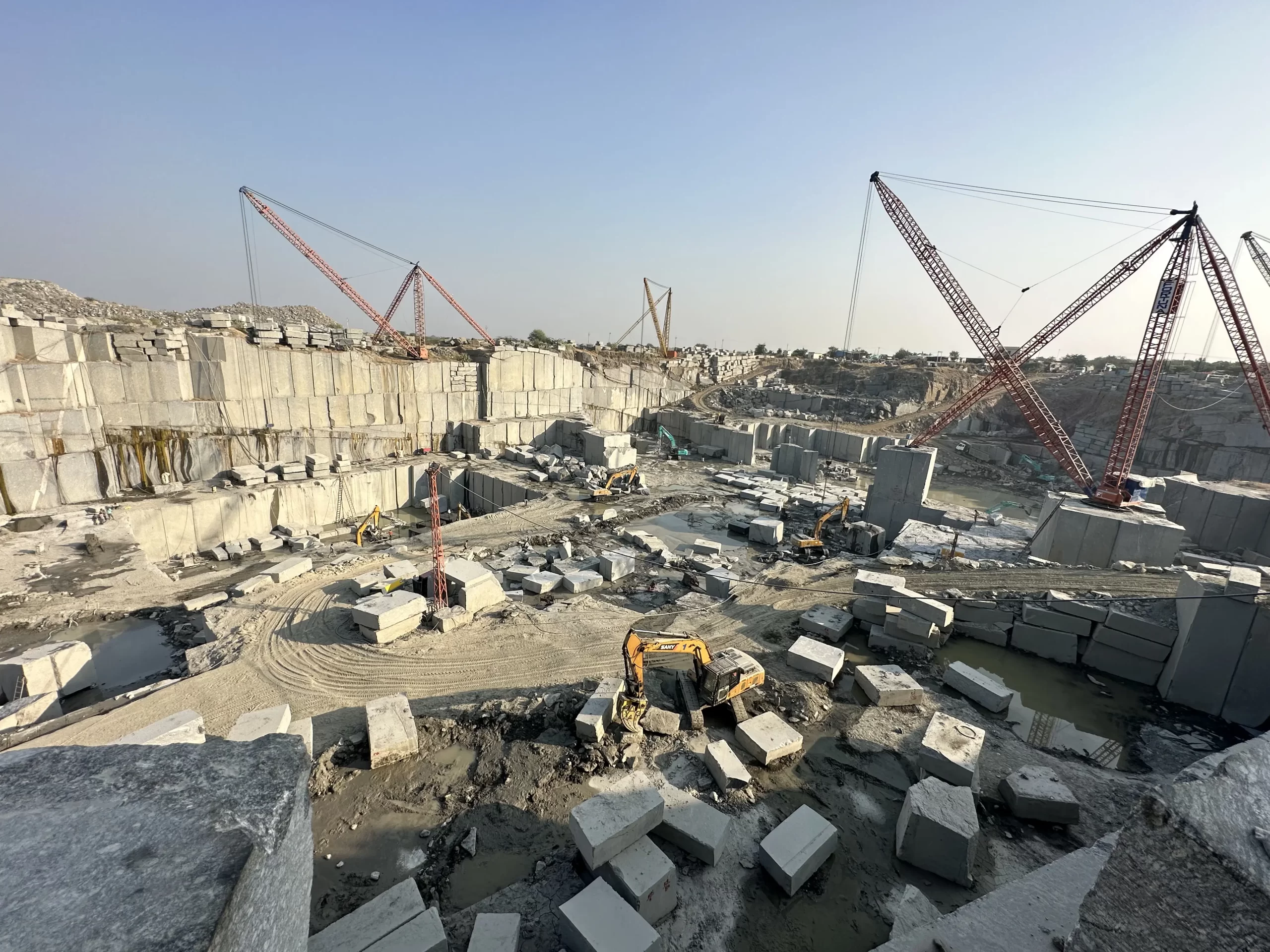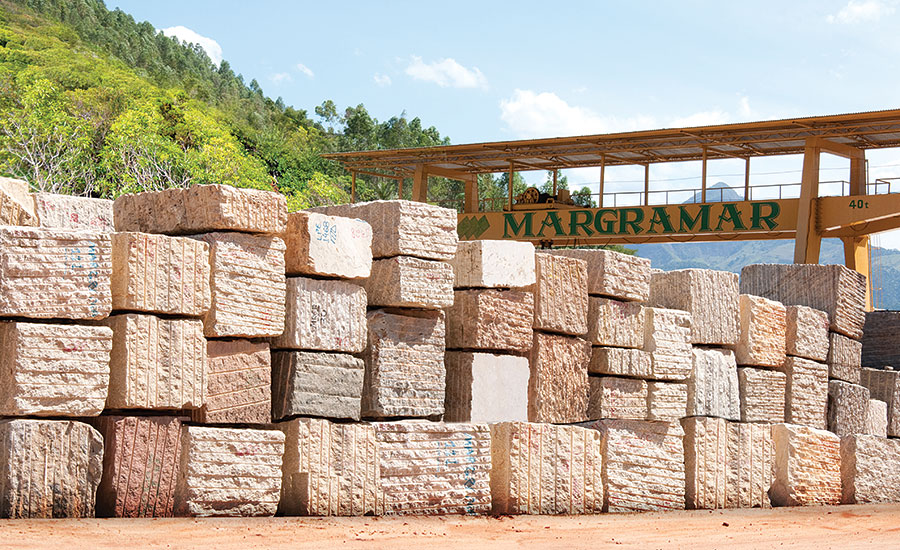Granite Quarries in South Africa Marvels: Discovering the Quarry Landscape
Granite Quarries in South Africa Marvels: Discovering the Quarry Landscape
Blog Article
Unearthing the Rich Background and Lasting Practices of Granite Quarrying
As we stand on the precipice of discovering the detailed tapestry of granite quarrying, a journey via time exposes not just the physical act of drawing out rock however also the social and historical value woven right into the very fabric of this technique. From the old beginnings that laid the structure for modern quarrying techniques to the sustainable practices that are shaping the future of this market, each chisel mark on granite surfaces narrates waiting to be discovered (granite quarries in south africa). The legacy of granite quarrying extends much past simple removal; it is a testimony to human ingenuity, strength, and the enduring appeal of this impressive stone
Ancient Beginnings of Granite Quarrying
Going back to ancient civilizations, the method of quarrying granite has actually been an important component of human history and architectural advancement. The earliest evidence of granite quarrying days back to old Egypt, where enormous pyramids and detailed sculptures were crafted from this long lasting rock. The Egyptians used primitive tools to extract granite blocks from quarries, showcasing the importance of this material in their significant buildings.
Relocating onward in background, the Greeks also made substantial contributions to the quarrying of granite. The Greeks made use of granite in various architectural marvels, such as temples and statuaries, showing their ability in shaping and carving this sturdy stone. The Romans better refined the strategies of quarrying granite, employing sophisticated tools like knives and hammers to remove and shape granite for their legendary frameworks.
With the centuries, the technique of quarrying granite has advanced, with modern technologies boosting performance while preserving the ageless allure of this natural stone - granite quarries in south africa. From ancient people to modern contractors, the legacy of granite quarrying remains to form our world
Development of Quarrying Techniques
The development of quarrying techniques has actually been marked by a constant development in the direction of better efficiency and precision in removing granite. From the simple approaches employed by our forefathers to the sophisticated modern technologies made use of in modern quarrying procedures, the sector has actually undergone considerable advancements. Early quarrying strategies involved hands-on labor with standard tools such as blades, hammers, and wedges to remove granite blocks from the planet. As people progressed, techniques like fire-setting and primitive explosives were presented to assist in the extraction procedure.
In more recent times, the arrival of machinery revolutionized the quarrying industry, allowing much faster removal rates and enhanced efficiency. Technologies such as ruby cord saws, high-pressure water jets, and pneumatic drills have come to be typical in modern-day quarries, enabling accurate cutting and decreased waste. Improvements in computer-controlled equipment and 3D modeling have maximized quarrying operations, leading to minimal environmental effect and improved sustainability practices. As the demand for granite proceeds to rise, the development of quarrying techniques continues to be important to meeting sector needs successfully and sustainably.
Social Value of Granite
Granite holds a profound social significance throughout various human beings because of its long-lasting presence in building work of arts and revered monoliths. From the impressive pyramids of Egypt to the complex carvings of the Angkor Wat temple in Cambodia, granite has actually been a material of choice for expressing splendour and long life in cultural heritage. In ancient Rome, granite columns adorned temples and public buildings, representing stamina and permanence. The cultural importance of granite prolongs past its physical qualities; it embodies durability, security, and timelessness, making it an icon of withstanding traditions and customs.

Lasting Practices in Quarrying
Among the abundant history of granite quarrying and its cultural significance lies a growing emphasis on check out this site lasting techniques within the industry. As ecological awareness and concerns about source depletion have actually heightened internationally, the quarrying field has significantly welcomed sustainable approaches to decrease its influence on the setting and surrounding areas.

Additionally, improvement and rehabilitation of quarry sites post-extraction are indispensable to lasting practices. By recovering quarried locations to a natural or valuable state, such as developing wild animals habitats or leisure spaces, quarriers can counter the environmental impact of their procedures and add positively to the regional ecosystem.
Tradition of Granite Quarrying
With a historical backdrop soaked in workmanship and commercial progression, what withstanding influence has granite quarrying left pop over to this web-site on the landscape of modern check my blog culture? The legacy of granite quarrying goes beyond simple removal practices; it has shaped architectural marvels, urban landscapes, and cultural heritage worldwide. The sturdy nature of granite has actually made it a recommended selection for monuments, structures, and framework, standing as a testimony to the ability and virtuosity of quarry workers across generations.
Furthermore, the economic footprint of granite quarrying can not be ignored. The sector remains to give employment possibility and drive regional economic situations in areas where granite removal prevails. It has actually additionally stimulated technological improvements in quarrying strategies and tools, bring about extra effective and lasting practices.
In terms of sustainability, the tradition of granite quarrying includes efforts to alleviate ecological impacts with improvement projects and responsible resource monitoring. By stabilizing financial passions with environmental stewardship, the market makes every effort to make sure that future generations can proceed to profit from this enduring all-natural source.
Final Thought

Report this page